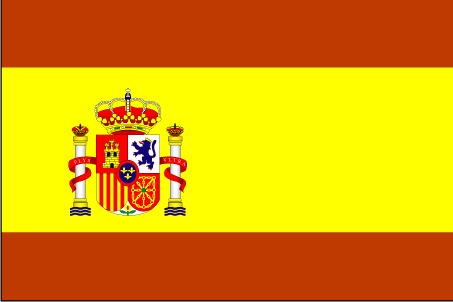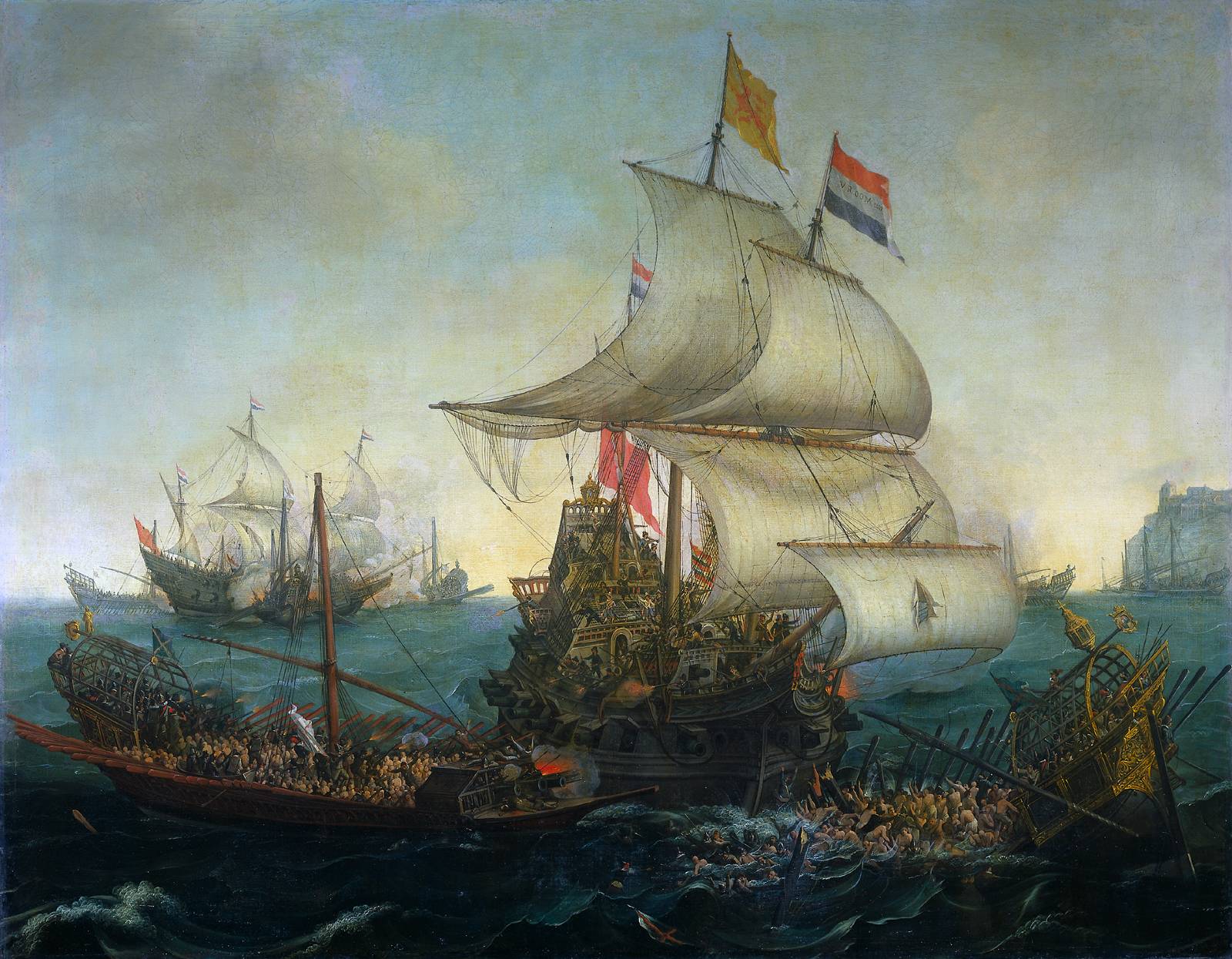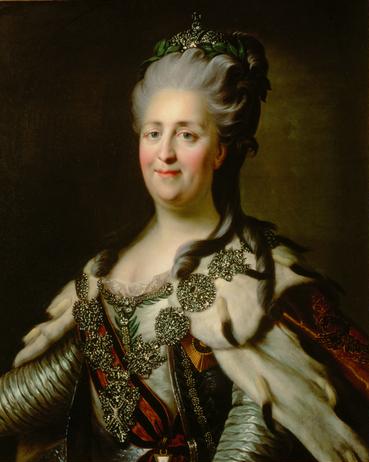1.) The Pilgrims were typified by their religion, which played a huge role in their survival and was a motivator. When the going got tough, the Pilgrim's religion justified the events as happening for a reason and as the will of God. The Pilgrim's also persevered, had courage, and were completely devoted to their faith - which was their reason for leaving Europe to head for the promise of religious freedom in the New World. Of these qualities, their religion limited them the most but they were also limited by their experiences in Europe and their European point of view. Though life in Europe taught the Pilgrims many skills, such as how to adapt to a new home, Europe also gave them a stereotypical view of the New World and its inhabitants. This view showed the New World as savage and rough, and filled with cruel, bloodthirsty Indians. These views, along with their religion caused the Pilgrims to be cautious and tentative. Their religion also restricted what the Pilgrims could do to survive. Their restriction on work on Sundays limited the progress that could be made in the settlement. When haste was needed to cure the sick, to find food, and to build shelters and protection, the Pilgrims were limited to working 6 days out of the week. Their views of the Indians as well as their single minded religious community attitude (from Leiden) limited initial contact with the natives and hindered their relations with them.
3.) The real events, the truth that is, is not as romantic. Their wold not be the same view of the beginning of America if the story about the fighting, the massacre, and the bloodletting was taught to little children everywhere. Plus, it does not fit into our politically correct society. America has led the people away from the truth to mislead them to think of it as a romantic country based on life, liberty, and the pursuit of happiness. America changes the truth because the truth is ugly, but it would prefer to be seen as "America the Beautiful." America does not want the past to be seen as it is, bloody and full of brutality. They want the citizens to see the Pilgrims in a good light because it is our past. Plus, you can't have a holiday for the massacring of thousands of people, it wouldn't sell. It is the same concept of the Easter holiday, it is made to sell and make everyone remember it. Their weren't bunnies and chicks and Peeps in Easter and there wasn't a nice little group of Pilgrims and Indians holding hands at a nice table with a white table cloth and turkey, ham, pumpkin pie, mashed potatoes, and bread dressing. Its highly fictionalized in order to give everyone a good feeling about it and is erased for the same reasons things like the Holocaust (though not as bad) are erased and not taught, its because it is unsightly and it is a stain on what some want to be seen as a clean history.
4.) The tradition of peaceful coexistence between the Pilgrims and the Native Americans that was previously held for 50 years collapsed in the 1670's. It began to fall apart as the second generation of Pilgrims came to power. They saw the Indians as a roadblock in their path to prosperity and profitability because of the land they owned. This second generation viewed the Indians with indifference and lost their parent's respect towards them because they no longer relied on them for survival. They lost touch with their history, they no longer noticed the notable par the Indians played in their parent's survival during that first winter in the New World. As the Pilgrims expanded, they began to depend on the Indians' aid less, and, this growth caused a need for land to live on and farm (which the Indians just happened to own.) The Pilgrims also sought to obtain the Indians' land because of the potential held by the Mount Hope Bay to grow into a huge trade port such as Boston. To get the land, the Pilgrims traded the Indians supplies they needed and purchased it for unfair prices. The Indians rightfully saw this as being taken advantage of and responded accordingly. The Pilgrims and Indians could have lived together in a shared and combined community that included the Bay and the colony and shared the prosperity brought by the trade in the Bay (but they didn't really trust each other.) Or, in a more realistic though unfair view, the Pilgrims could have payed the Indians a just amount for the land and set aside another reservation for them.
5.) One of Squanto's biggest assets was his ability to speak English. It allowed him to act as a mediator and middleman between the Pilgrims and the Indians. A weakness of his was a common one. When he gained power, he was corrupted by it and went for even more. He used his powers as the interpreter to try to play the Pokanokets and the Pilgrims off on one another in order to overthrow Massasoit as the supreme sachem. Squanto played such a huge role in history because of the part he played in the survival and well being of the Pilgrims. He taught the Pilgrims the basics needed to survive the winter. Squanto taught them the Indian method for planting the corn and pointed out the presence of herring in the water. He also convinced Massasoit to befriend the Pilgrims instead of attacking them. These two events could have changed the course of American history. Without his aid, the Pilgrims would have died of starvation that winter and then would have been killed by Massasoit' warriors. Without Squanto, Plymouth would not have become one of the first successful settlements in the area and settlement may not have occurred so quickly in the New England area. He also was an interpreter between both parties and played a huge role in healthy Pilgrim-Indian relations of the time.
6.) The second generation received the reputation of being "the degenerate plant of a strange vine" because of their lack of religious fervor and devotion shown by the "Old Comers." Instead of focusing on the future (the afterlife) the second generation preferred to focus on the now. This included things like land and they showed no concern for the ways of their parents. I think the name was earned but was a little harsh. I think they should have honored their parents' ways and it is surprising that the apple fell so far from the tree. The name was pretty much accepted and along with it, a change of ways was accepted. Not only was the religion altered, their ways and traditions were altered. They became more greedy, which came along with their lack of religion, and this greed caused them to encroach on their goodwill with the Indians. The reputation was a self fulling prophecy, with it the second generation shunned the Old Comer's ways and with it their religion, views, and values.
8.) Hollywood often portrays the Indians in a bad light. It shows them as brutal, savage, and cruel. This, in some sense is true, but does not show the whole story. Though some Indians fit this description, not all did. Indians varied as much as the Europeans did. Hollywood made a stereotype of all Indians and made them all cruel and bloodthirsty. Hollywood also portrays Pilgrims and other settlers as nice, religious innocent people who were the victims. The Mayflower helped explain both of these views. It explained that though some Indians were cruel, not all were and it came as a reaction to the actions of the Pilgrims. It also explained that the Pilgrims did not fir the Hollywood bill. They fought, scalped, and maimed too. Atrocities occurred on both sides and were brought responses to the actions of the other side. Hollywood does show that some Indians did scalp people, and they were spiritual. Hollywood often shows the Indians dancing around a fire, beating drums, and dancing. This did happen. There is also some truth to the Hollywood view of the Thanksgiving. The Pilgrims and the Indians did meet for a peaceful meal. It did not however include ham, pie, or bread dressing. It instead consisted of striped bass, deer, corn, and other native foods (including turkey.)
9.) Benjamin Church is the only one on either side to even come close to becoming a hero. He had the making of a great leader, ingenuity, practicality, and brains. He was the only one with enough sense to use friendly Indians to help capture others and to fight in the war. He was also compassionate. He opposed the enslavement of local Indians and sought to assure the safety of the Indians he had known.
10.) Misconceptions concerning different tribes made the war worse than it was. The English viewed the Indians as one group and integrated this into their war plan. though they were at war with one tribe, the English attacked multiple tribes driving them into the war too. This view of one Indian nationality caused the war to be more widespread. It caused tribes that were indifferent to, or neutral to fight. One such tribe was the Naragansetts, who were neutral up to the brutal attacks they faced. The English's racial misconceptions muddied the water in the war and instead of facing one or two tribes and befriending a few others, they slated themselves up against a Pan-Indian force (at least initially.)
11.) I think that the Indians that sided with the English were being smart. The English had superior technology and had goods such as coffee and other desired items. I think that it made sense to side with the English because they were not going anywhere and from a rational standpoint it made sense to side with them. I see the Indians who sided with the English as sensible as well as opportunistic. Siding with the English was sensible because they supposedly had the plague, they had the latest guns, and they had goods. The Indians were also opportunistic because siding with the English brought trade and as a result goods like coffee, tobacco, and numerous other goods. If I had been a native I would have sided with the English because it made sense. They had better technology (which i would not want to face), the plague (I wouldn't want it set on me), and there was lot of opportunity to get desired goods from the English in return.
12.) No side in King Phillip's War could make a legitimate claim to having moral superiority. Morals had nothing to do with the war. It was brutal and full of needless blood spilling as well as needless cruelty. It went beyond war, which is fighting for protection. it involved maiming, torturing, and the keeping of body parts of one's enemies. Both sides did it and were guilty of it. Whether it was quartering or scalping, both were wrong and immoral.
15.) I did find that Philbrick did well to keep a neutral perspective throughout the book. As far as morals go i am not sure, but I am sure he would want us to learn about real history, not what is said and portrayed in Hollywood or by one's country. He may want us to learn that what took place between the Indians and the English was wrong, and that the only just war is the one fought to protect others.
















